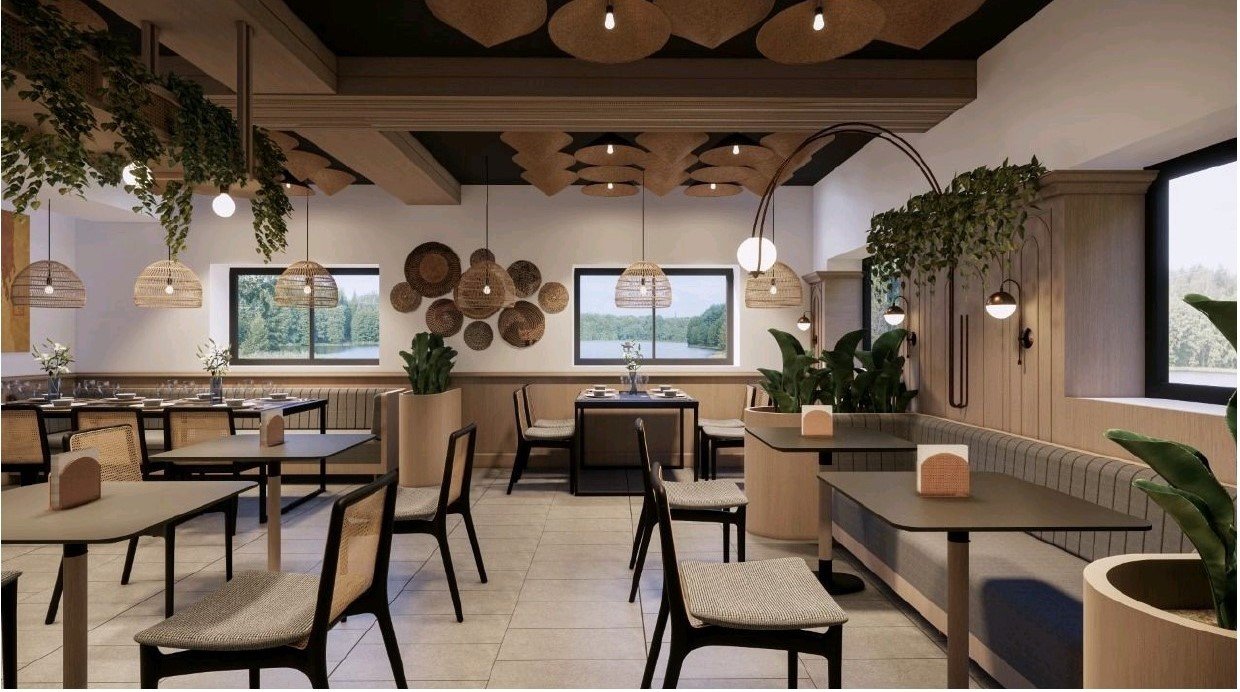
October 25, 2024
Uncategorized
Community at the Core: How Mandai Architecture Designs Spaces that Bring People Together
- Open, Accessible Layouts Mandai Architect designs with inclusivity in mind. Open layouts that prioritize accessibility make spaces feel welcoming to all. The integration of ramps, wide pathways, and strategically placed communal areas ensures that everyone, regardless of mobility or background, can participate and enjoy the space equally.
- Multi-Use Spaces for Gathering In both residential and commercial projects, Mandai Architect creates multi-functional spaces that encourage gathering and flexibility. These areas serve as venues for community events, markets, outdoor concerts, or casual meetings, adapting seamlessly to the needs of the community. Examples might include communal courtyards, rooftop gardens, or shared lounges.
- Integrating Nature for Relaxation and Socialization Nature has a calming effect, encouraging people to linger and connect. Mandai often incorporates green spaces, gardens, and indoor plants to create tranquil settings where people feel at ease. The presence of nature not only enhances aesthetics but also invites people to pause, relax, and interact.
- Local Culture and Identity in Design By honoring local culture and context, Mandai Architect’s designs resonate with the community, creating a sense of pride and identity. Local art, cultural motifs, and materials are often woven into the design, giving each project a unique flavor and a sense of familiarity that draws people together.
Examples of Community-Centric Designs
Here are a few examples that showcase how Mandai Architect has successfully brought community to the forefront:- Community Hubs: In urban areas, Mandai Architect has created multi-level community hubs that house cafes, co-working spaces, and activity rooms. These spaces encourage socializing, learning, and collaboration among residents, fostering a vibrant neighborhood culture.
- Green Courtyards and Gardens: Mandai Architect often includes central green spaces in residential developments, providing safe and peaceful gathering spots for families, friends, and neighbors.
- Event-Friendly Spaces: For commercial projects, Mandai designs spaces that can easily transition to host events, from art exhibitions to farmers’ markets, adding a layer of social engagement to the functional space.
The Impact of Community-Centric Architecture
The benefits of designing with community in mind extend beyond socialization. Community-centric spaces improve mental well-being, foster inclusivity, and encourage civic engagement. When people feel a sense of belonging, they are more likely to take pride in their surroundings, engage in local events, and contribute to the upkeep and growth of the community.Conclusion: Building a Lasting Legacy of Connection
Mandai Architect’s commitment to community-centric design reflects a deep understanding of what people truly need: places to gather, share, and connect. By creating spaces that celebrate the human experience, Mandai is building a lasting legacy of unity, inclusion, and togetherness. Their designs remind us that architecture is more than just structure; it’s the foundation of community.This blog content emphasizes the human-centered approach Mandai Architect takes to design spaces that prioritize community and connection. Let me know if there are specific projects to highlight or if you’d like further refinement in any section!
